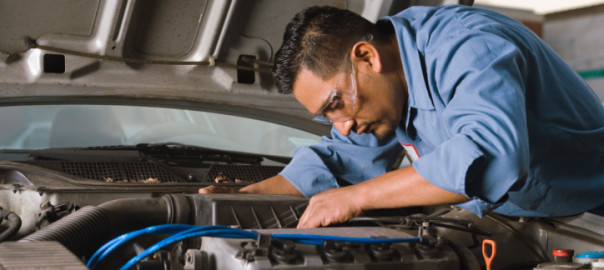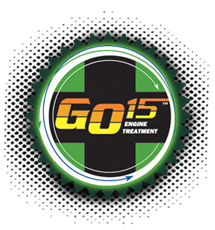The second half of the month should see a fall in September gas prices due to the switch to less expensive winter-blend gasoline
The auto club says the switch to cheaper fuel is scheduled for Today. This Friday the average cost for a gallon of unleaded gas was $3.41 across the United States. September gas prices are down 3 cents from last week where it was $3.44.
The average across the U.S. for gasoline declines during the weeks following Labor Day, which is due to the end of summer driving season. Today also marks the day when refineries transition to a winter-blend gasoline every year. Emission requirements in the summer that are in place to prevent pollution in warmer temperatures are not needed in the winter. Global politics, natural disasters and other events can cause instability in gas prices in the months ahead as well.
You would think September gas prices would increase due to the political unrest, particularly in Ukraine and Iraq. Fortunately these developments have not had much impact on the gallons of fuel being imported so the cost has not been effected. The growing U.S. fuel production and decreased global demand has reduced the worry about any disruptions in supply as the Middle East and Russia are going through turmoil. Crude oil settled at $92.27, down $1 from last week.
The Energy Information Administration (EIA) noted inventories fell 970,000 barrels to 358.6 million barrels, gasoline stocks rose 2.4 million barrels to 212.4 million barrels and gasoline demand fell almost 900,000 bpd to 8.611 million bpd last week. This last April was when demand for fuel has been this low. However, the latest level is about even September gas prices a year ago, as is the current four-week average for gasoline demand.
 The EIA projects that fuel prices will continue to decline through December about 20 cents per gallon lower. These are better prices than last years gas prices which averaged $3.51/gal. 2014 should average $3.46/gal this year and $3.41/gal in 2015, 4 cents lower and 6 cents lower than last month’s STEO, respectively.
The EIA projects that fuel prices will continue to decline through December about 20 cents per gallon lower. These are better prices than last years gas prices which averaged $3.51/gal. 2014 should average $3.46/gal this year and $3.41/gal in 2015, 4 cents lower and 6 cents lower than last month’s STEO, respectively.
You can increase the miles your car can travel in a single tank by taking care of your vehicle. Regular maintenance and Go15, a high performance engine treatment that increases your vehicles miles per gallon. GO15 smooths the metal surface in your engine, reducing friction will give you increased fuel economy and extends your engine life.
CURRENT AND PAST SEPTEMBER GAS PRICES
Regular Unleaded Gasoline (*indicates record high)
| 9/14/14 | Week Ago 9/7/14 | Year Ago 9/14/13 | |
| National | $3.40 | $3.44 | $3.53 |
| Virginia | $3.15 | $3.18 | $3.30 |
| Charlottesville | $3.12 | $3.14 | $3.26 |
| Norfolk Area | $3.18 | $3.21 | $3.31 |
| Richmond | $3.07 | $3.11 | $3.25 |
| Roanoke | $3.09 | $3.09 | $3.22 |
| Crude Oil | $92.27per barrel(at Friday’sclose, 9/12/14) | $93.29per barrel(Friday 9/5/14 close) | $108.60per barrel(9/12/2013) |


